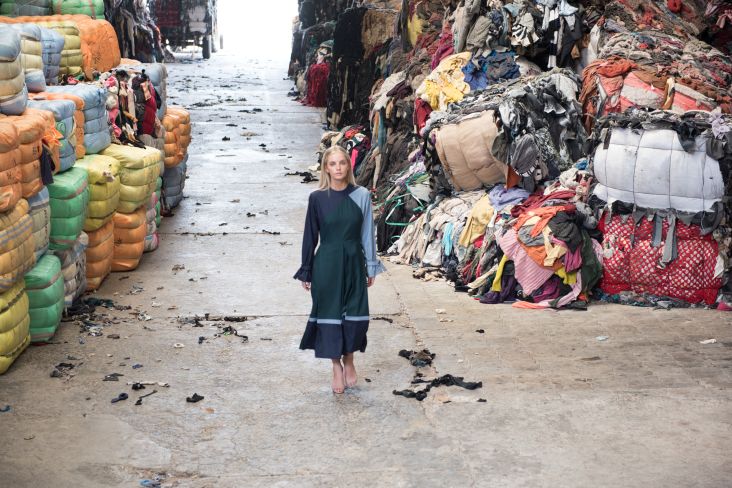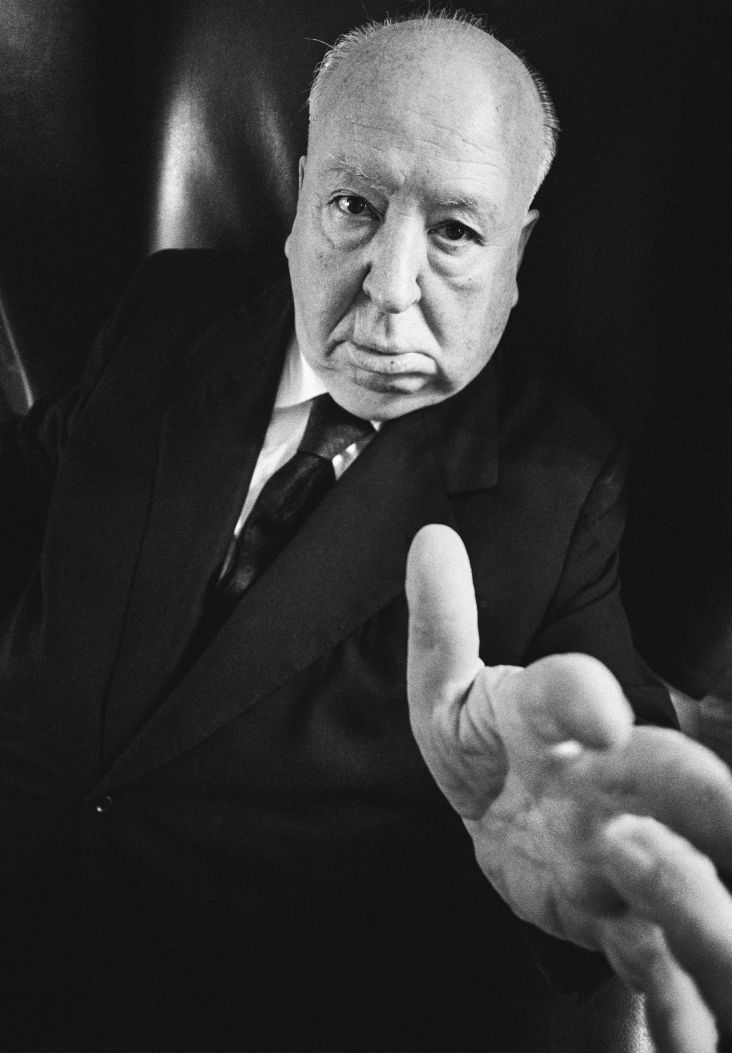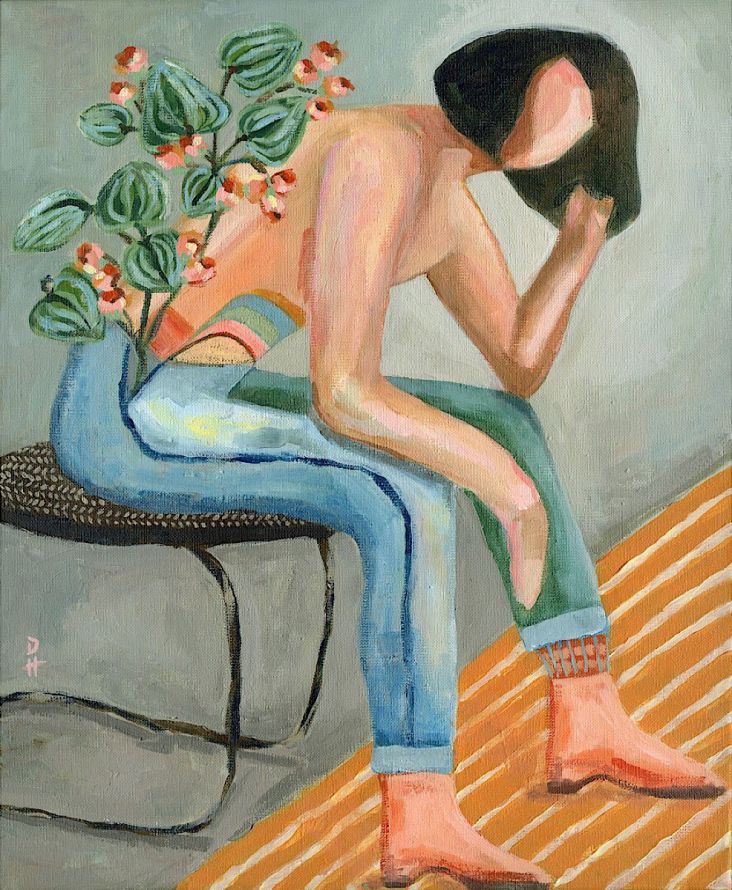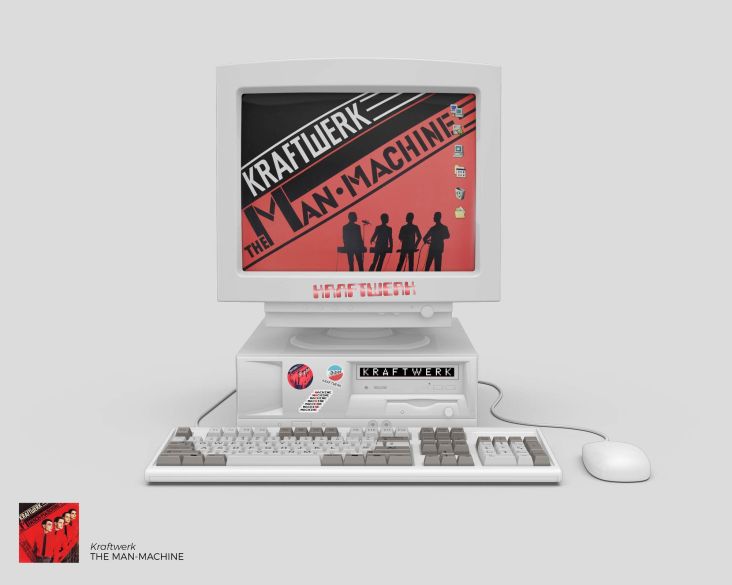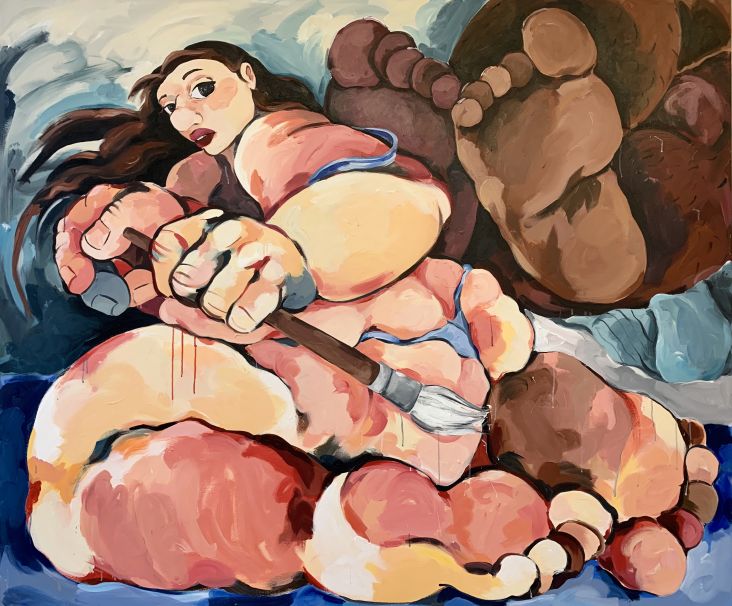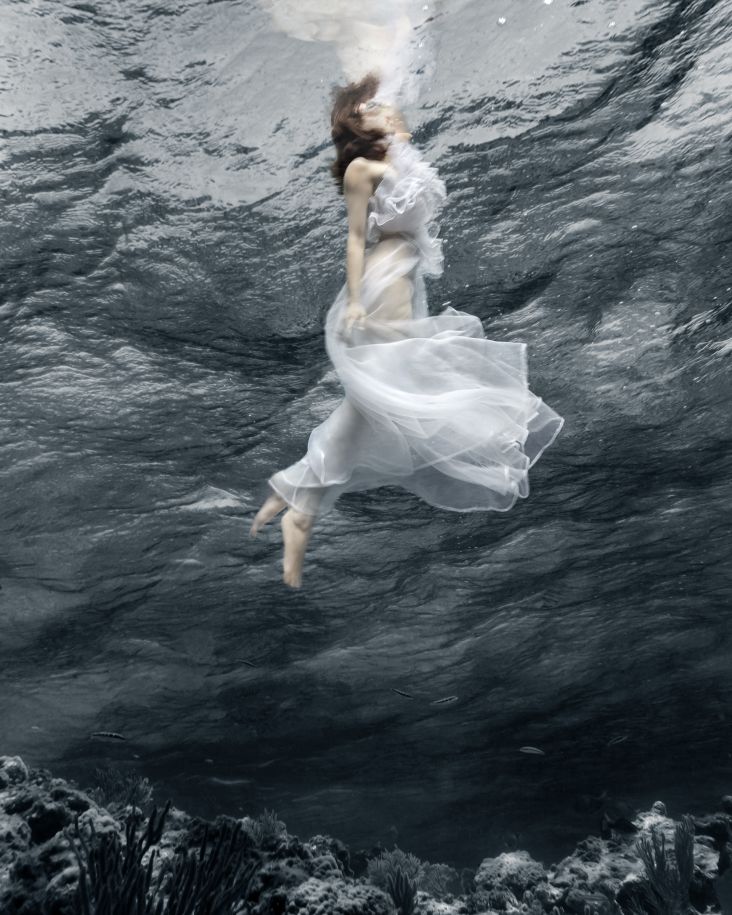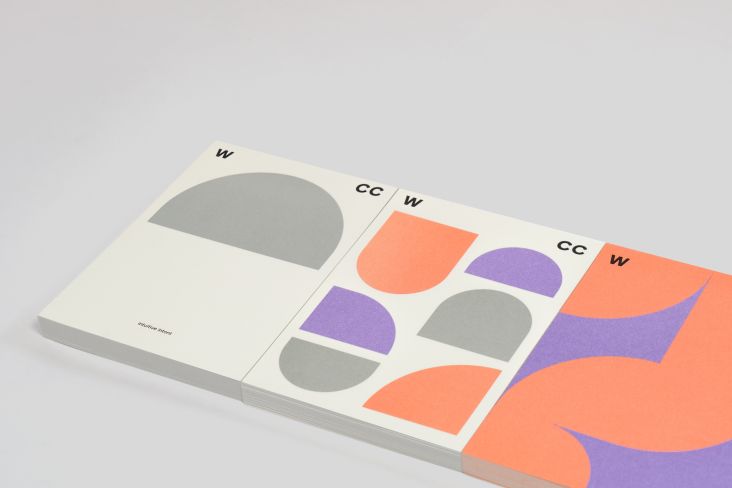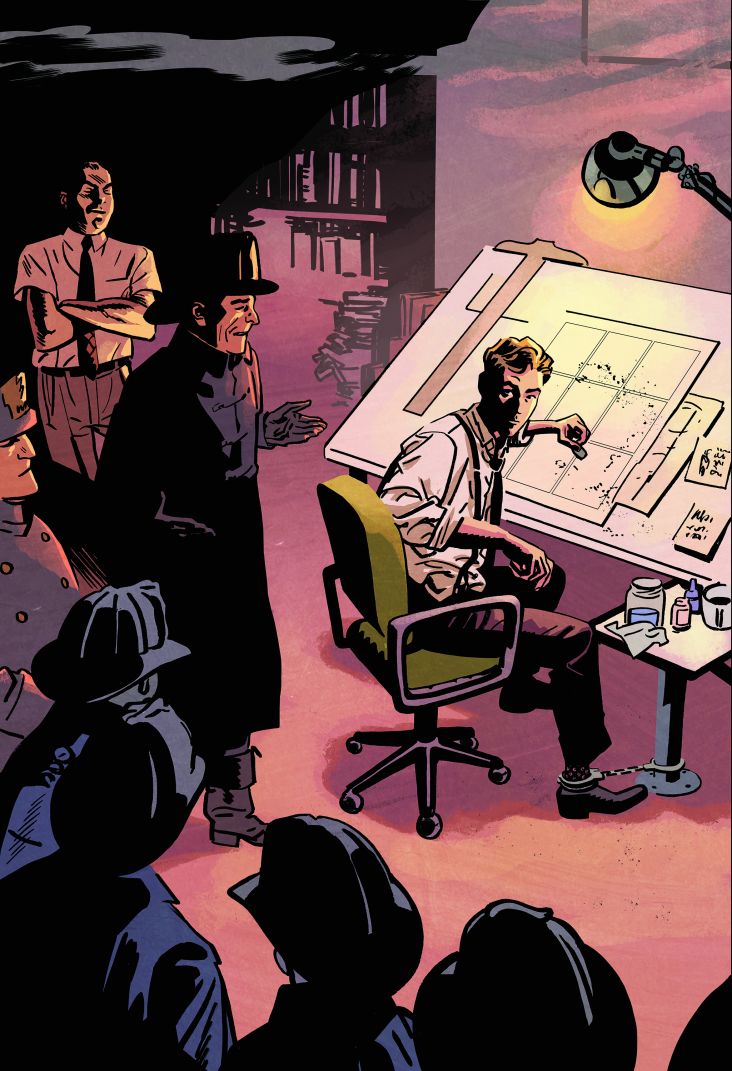Vibrant paintings that immortalise the energy of London's reggae and dub scene in the 1980s
Denzil Forrester's vibrant, colourful works immortalise the dynamic energy of the London reggae and dub nightclub scene during the early 1980s, a subject that has endured throughout four decades of his practice.
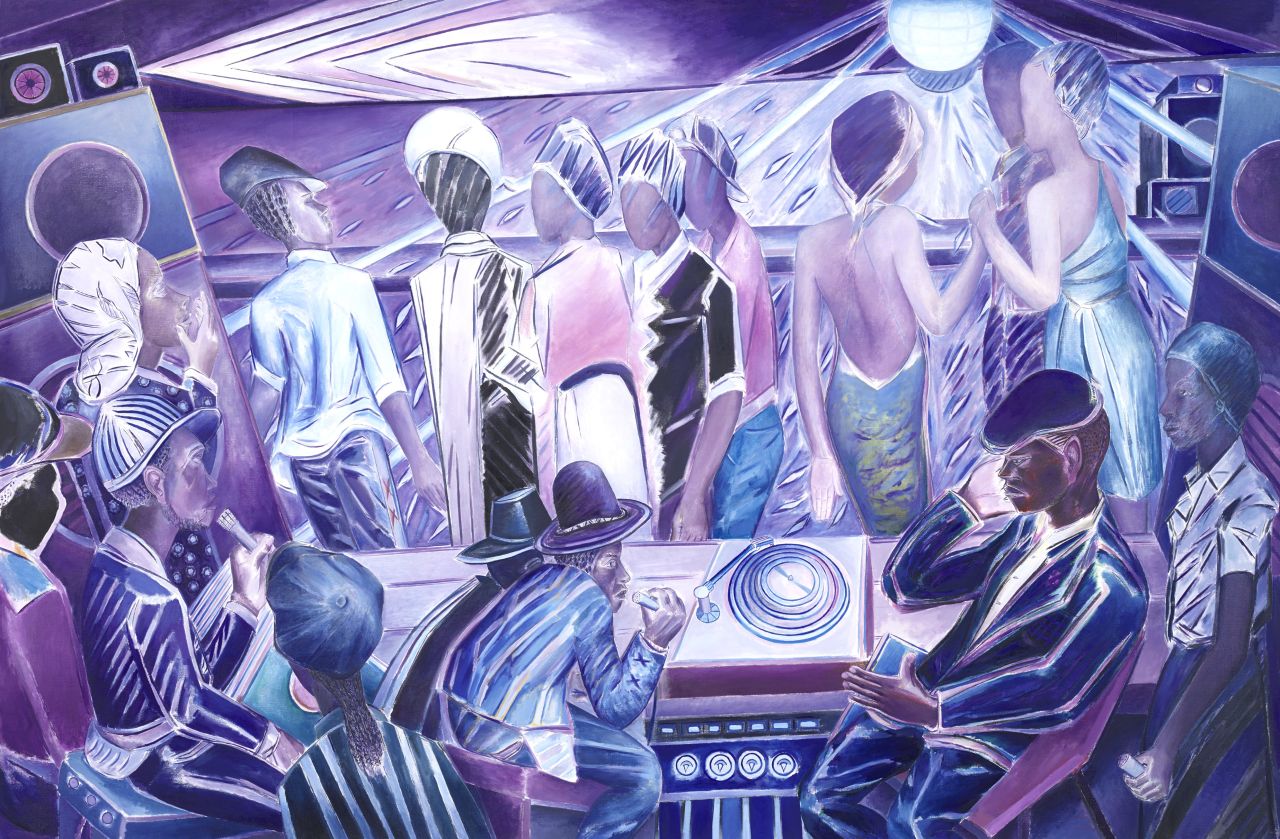
Denzil Forrester, ‘Duppy Deh’, 2018. Oil on canvas, 201 x 305cm (79 1/8 x 120 1/8in). Copyright Denzil Forrester. Courtesy the artist and Stephen Friedman Gallery, London
Pulsating with rhythm, the Grenada born, British artist's expressive depictions of dance halls and clubs capture crowds of people moving in unison with the beat of the music and encircled by totemic sound systems. Flashes of vivid colour, gestural brushstrokes and frenetic compositions characterise his work.
Discussing the influence of this era on his practice, Forrester says: "In 1980, I started going to all-night ‘blues’ clubs. The music playing in these clubs was reggae which generated particular dance movements and specialised clothing, all of which play an important part in my painting.
"In these clubs, city life is recreated in essence: sounds, lights, police sirens, bodies pushing and swaying back and forth. It’s a continuation of city life with some spiritual fulfilment. The idea of finding tranquil moments among a complex and cluttered environment is the basic structure for my paintings.
"The figures and images in my work are crowded together, whereas the spaces in-between echo the music of the ‘blues’ clubs, but are also reminiscent of the light that breaks through a forest, or the light that reflects from a nightclub’s mirrored ball."
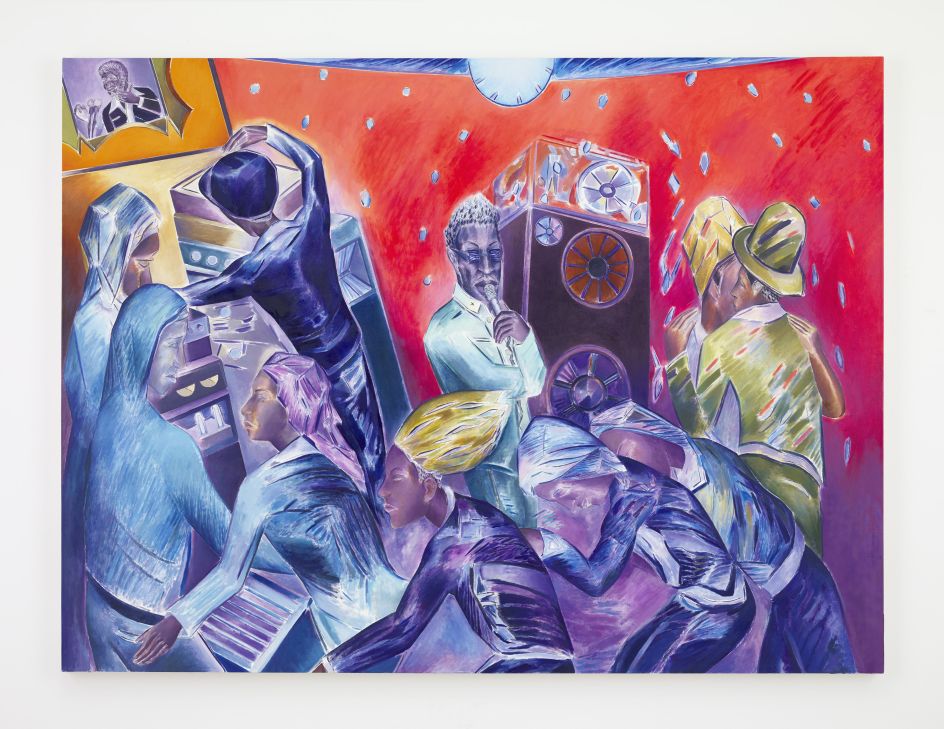
Denzil Forrester, ‘Velvet Rush’, 2018. Oil on canvas, 204.4 x 273.4cm (80 1/2 x 107 5/8in). Copyright Denzil Forrester. Courtesy the artist and Stephen Friedman Gallery, London
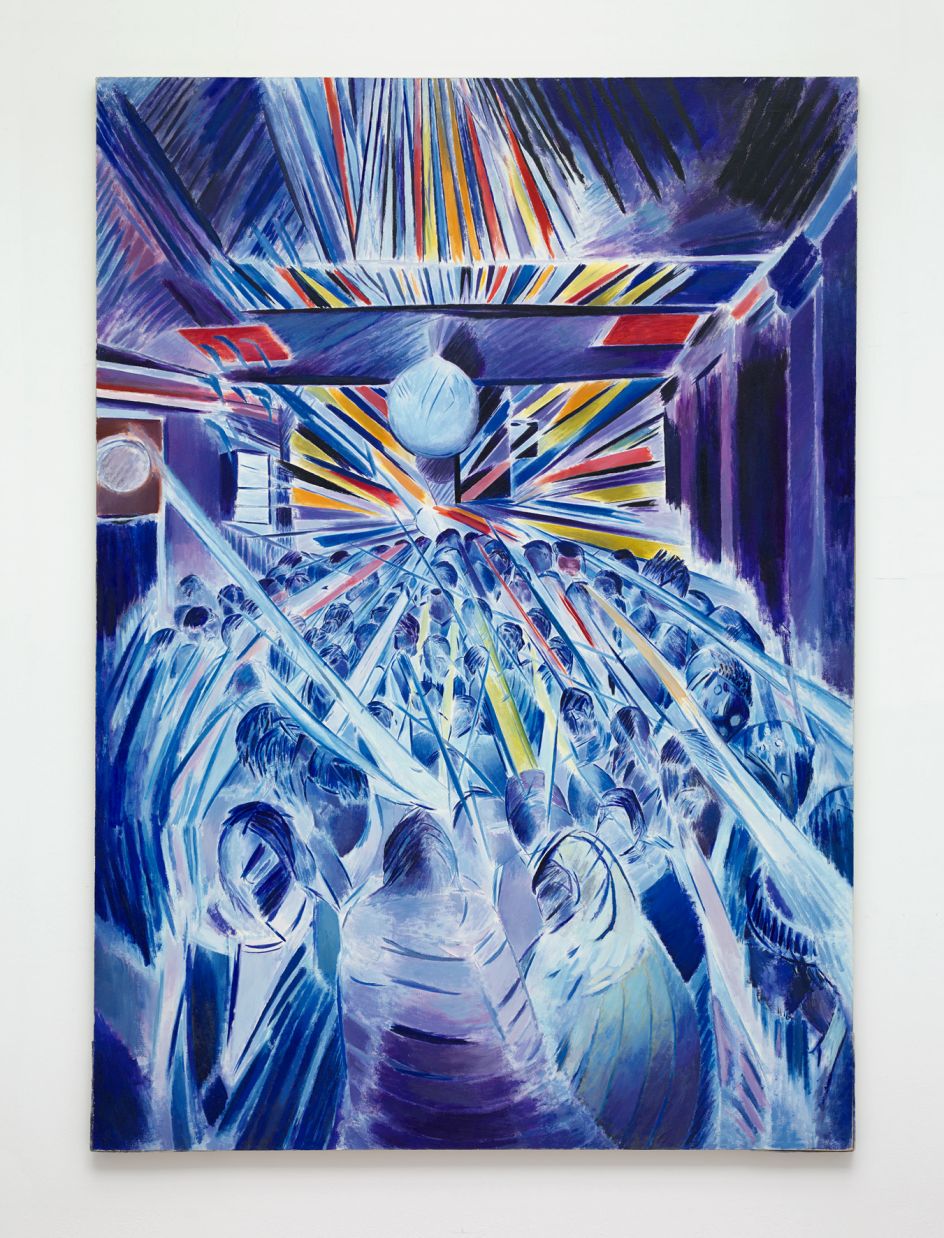
Denzil Forrester, ‘Dub Strobe 1’, 1992. Oil on canvas, 213.8 x 152cm (84 1/8 x 59 7/8in). Copyright Denzil Forrester. Courtesy the artist and Stephen Friedman Gallery, London
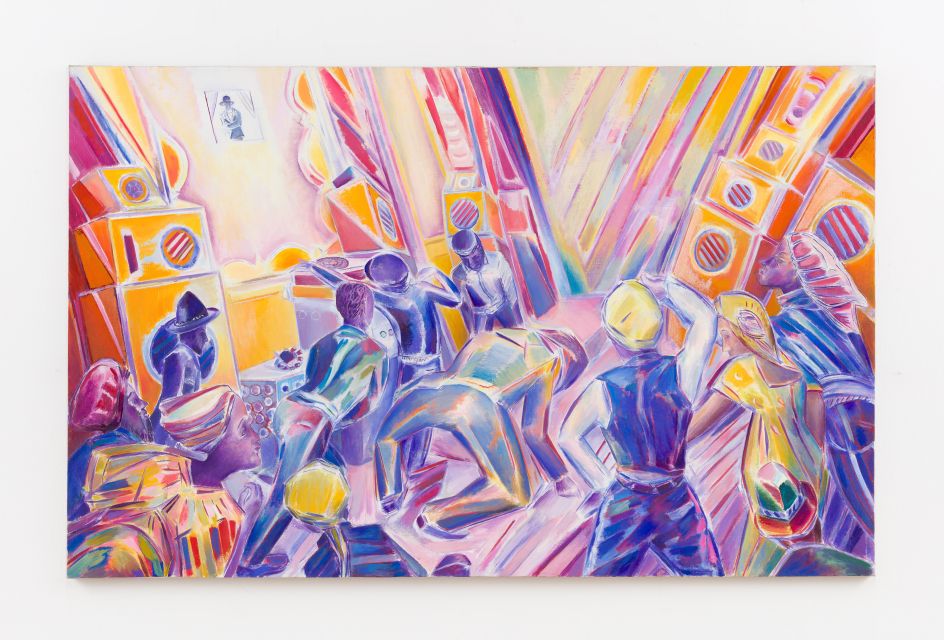
Denzil Forrester, ‘Night Flames’, 2012. Oil on canvas, 106.6 x 168cm (42 x 66 1/8in). Copyright Denzil Forrester. Courtesy the artist and Stephen Friedman Gallery, London
Forrester’s works began in the nightclubs, taking his sketchbook with him and drawing in situ before developing the larger, painterly compositions in the studio. Each drawing would be dictated by the length of the record, roughly four minutes long, before moving on to the next sketch in sync with the changing soundtrack.
The dynamic sets of legendary dub DJ Jah Shaka and his roving sound system had a formative influence on the development of Forrester’s work at this time. The artist regularly homed in on the eye-catching dancers, capturing their vibrantly patterned costumes and expressive dance moves. Forrester still uses drawings from this period to form the basis of his paintings today.
Away from the dance halls of East London, Forrester's works are also significant in their rich documentation of black British culture and the West Indian community during the 1980s, often through the lens of his own biographical experiences.
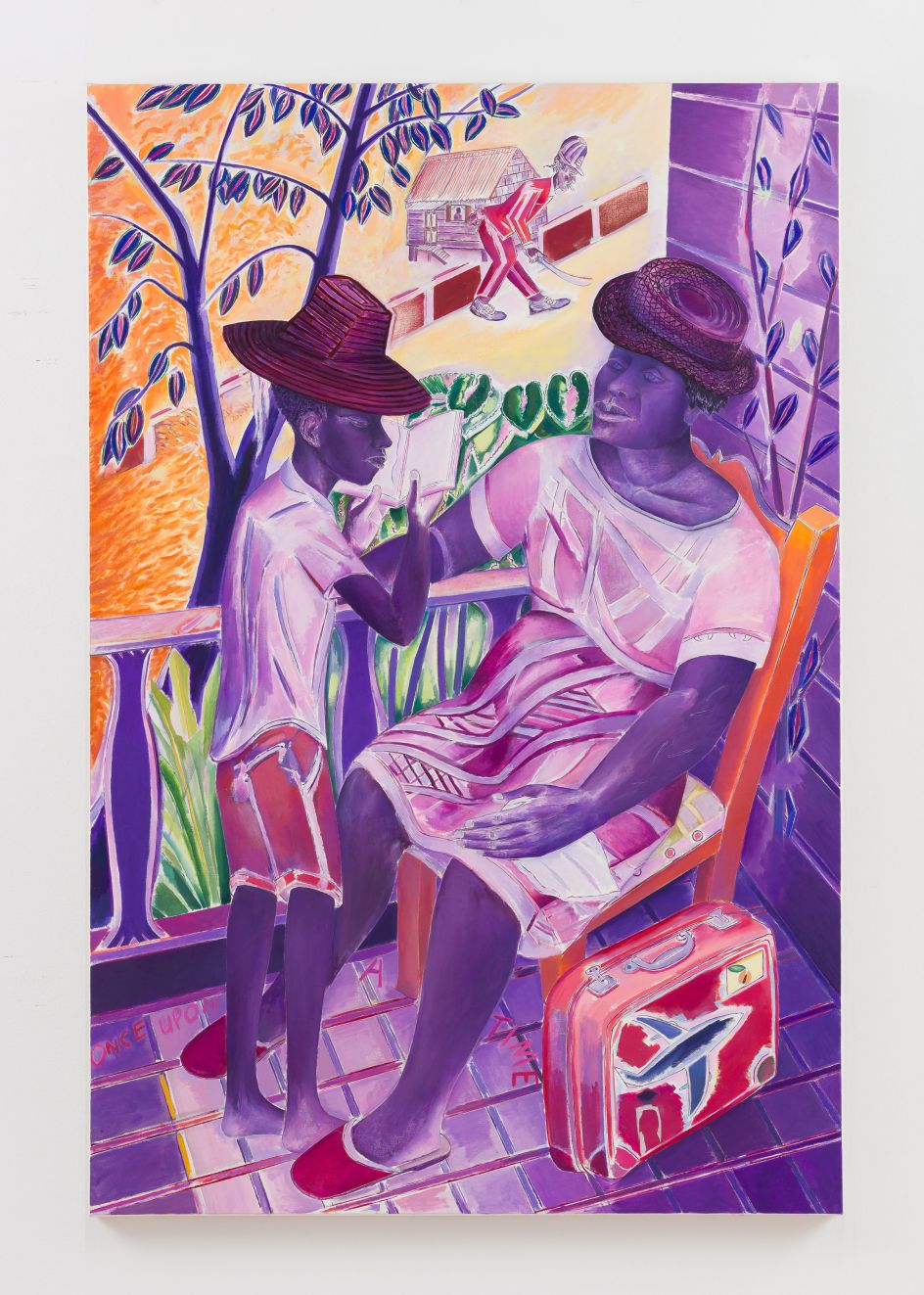
Denzil Forrester, ‘Reading with Ma Pets’, 2018. Oil on canvas, 183.3 x 122cm (72 1/8 x 48 1/8in). Copyright Denzil Forrester. Courtesy the artist and Stephen Friedman Gallery, London
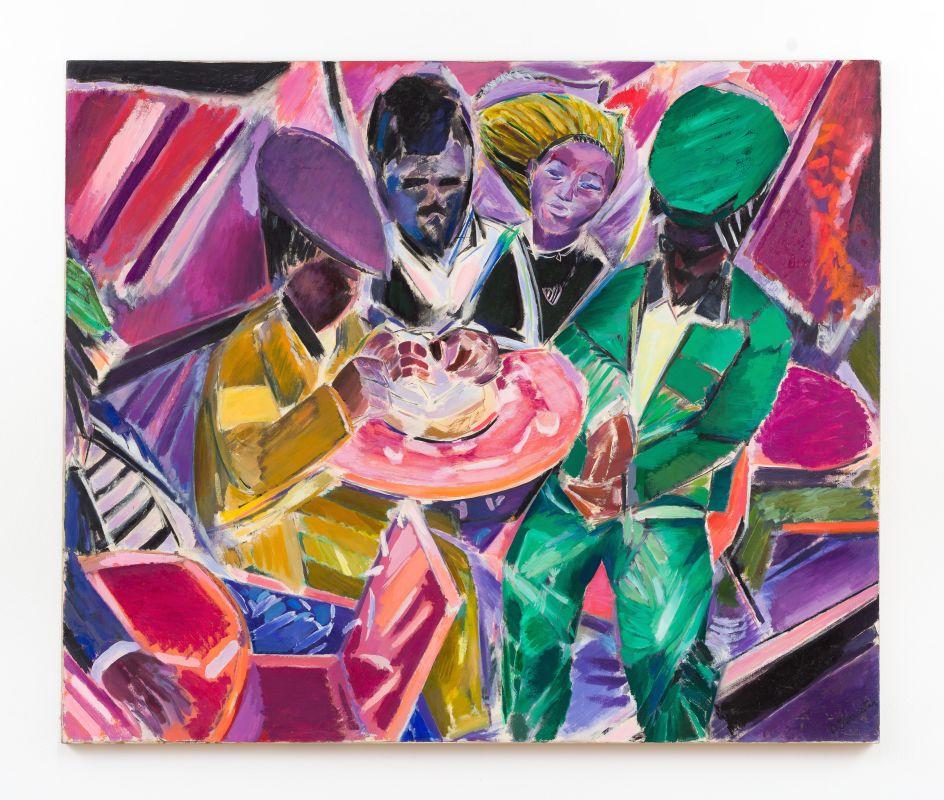
Denzil Forrester, ‘Night Owls’, 1995. Oil on canvas, 152.5 x 182cm (60 1/8 x 71 5/8in). Copyright Denzil Forrester. Courtesy the artist and Stephen Friedman Gallery, London
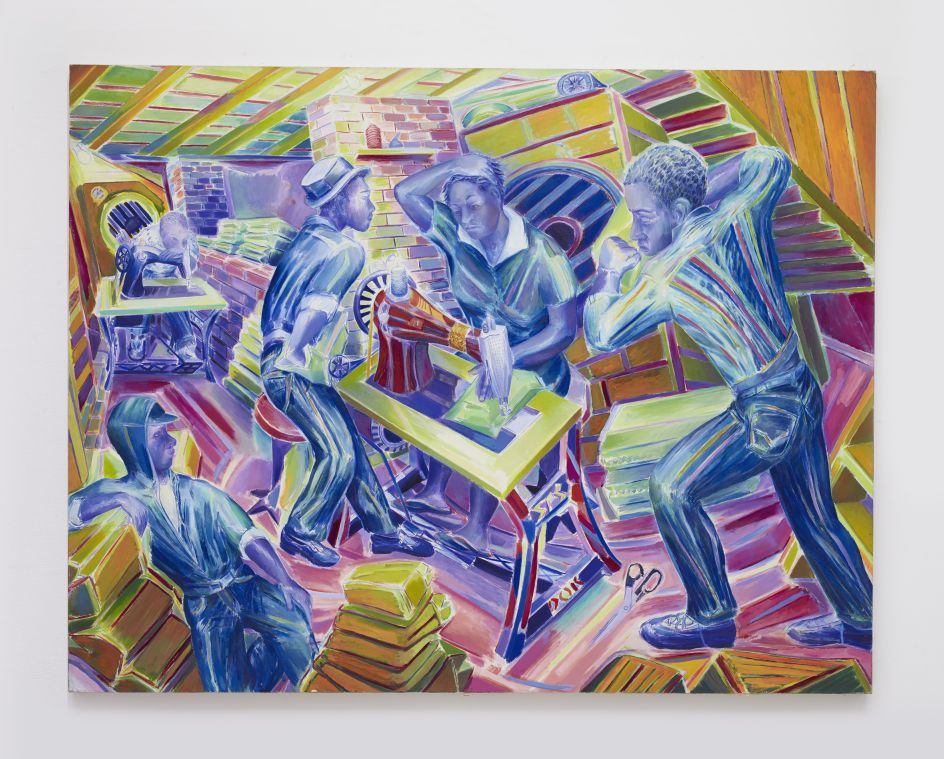
Denzil Forrester, ‘Family Living’, 2004. Oil on canvas, 142.6 x 183cm (56 1/8 x 72 1/8in). Copyright Denzil Forrester. Courtesy the artist and Stephen Friedman Gallery, London
Whilst some works depict the artist as a child living in Grenada, others record Forrester and his family sewing bags to make a living when they first moved to Stoke Newington over 40 years ago. In contrast to the joy of his nocturnal revellers, Forrester's voyeuristic paintings also subliminally reveal the racial and social injustice experienced in ‘80s London; policemen frequently loom in the background of his works, whilst others capture the events surrounding the untimely death of his friend Winston Rose.
Forrester’s treatment of colour is notably intense and the artist himself has talked of his early obsession with master colourists such as Monet and Cézanne: "…in 1979 I was in love with Monet. I did my degree at Central Art School and we’d literally go to Paris three or four times a year – you’d go see the Monets and come back to your studio. He and Cézanne made a big impression on me. When I started, I was quite cubistic, but the cubists got their stuff from Africa anyway."
Forrester’s debt to early cubism is also revealed in his treatment of space, often toying with perspectival depth to generate movement in his work.
Now you can enjoy seeing Forrester’s work in a survey exhibition at Stephen Friedman Gallery, featuring many of his large-scale paintings from the past 40 years. Denzil Forrester: A Survey at Stephen Friedman Gallery runs from 25 April until 25 May 2019.




 by Tüpokompanii](https://www.creativeboom.com/upload/articles/58/58684538770fb5b428dc1882f7a732f153500153_732.jpg)


 using <a href="https://www.ohnotype.co/fonts/obviously" target="_blank">Obviously</a> by Oh No Type Co., Art Director, Brand & Creative—Spotify](https://www.creativeboom.com/upload/articles/6e/6ed31eddc26fa563f213fc76d6993dab9231ffe4_732.jpg)








